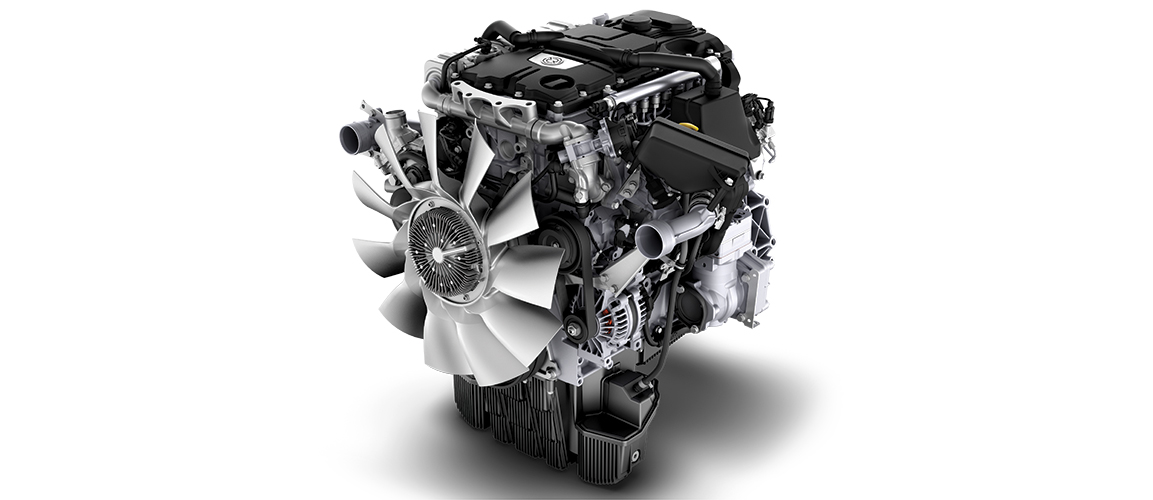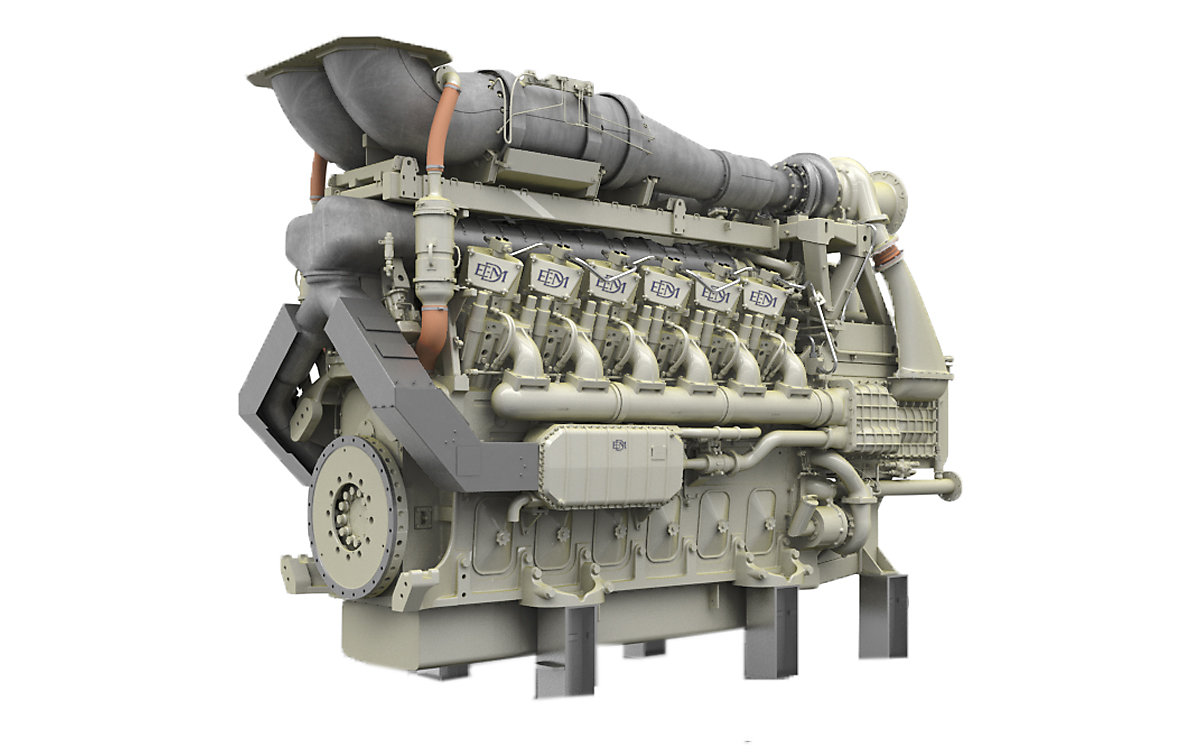Engines for Africa Available Now! Browse Through Our Relied On Auto Parts Shop
Engines for Africa Available Now! Browse Through Our Relied On Auto Parts Shop
Blog Article
The Quest for Ultimate Driving Power: Investigating the Peak of Engine Efficiency and Technological Developments in the Automotive Sector
In the world of automobile design, the quest of optimum driving power has been a ruthless pursuit that has unravelled through the development of engine layout and the integration of sophisticated technologies. From the thorough workmanship of combustion engines to the quick developments in electrical propulsion systems, the automotive field stands at the cusp of a new era defined by extraordinary performance abilities. As researchers and engineers dig deeper right into the worlds of computational fluid characteristics and check out cutting-edge gas technologies, the perspective of possibilities expands greatly. Stay tuned as we unravel the elaborate tapestry of technical breakthroughs that are shaping the future of automobile power and performance.
Development of Engine Style

Moreover, the integration of turbocharging and supercharging modern technologies has changed engine design by enhancing power without substantially increasing engine dimension. These forced induction systems compress the consumption air, enabling for more gas to be ignited, consequently generating higher power outcome from a smaller engine. This improvement has actually been particularly critical in improving the efficiency of smaller displacement engines while preserving fuel effectiveness criteria.

Performance-Enhancing Fuel Technologies
The execution of sophisticated gas technologies has actually dramatically added to improving engine performance in modern-day cars. Biofuels, obtained from eco-friendly sources like sugarcane, algae, or corn, offer minimized emissions and enhanced engine efficiency. Furthermore, fuel additives and detergents are being created to clean engine elements, enhance burning, and decrease friction, thereby enhancing total lorry efficiency.
Improvements in Electric Propulsion
Considerable strides in electric propulsion innovation have changed the automobile sector, leading the way for a brand-new era of efficient and sustainable transportation. Electric vehicles (EVs) are getting appeal due to their ecological advantages and improvements in battery technology, allowing longer driving arrays and much shorter charging times. Suppliers are investing greatly in r & d to boost the performance of electrical propulsion systems, concentrating on enhancing power outcome, enhancing energy effectiveness, and decreasing general weight.
One notable development in electric propulsion is the advancement of advanced electrical motors that supply greater torque and power density, causing boosted acceleration and overall driving efficiency. In addition, regenerative braking systems have been fine-tuned to catch and keep energy throughout slowdown, more improving the effectiveness of EVs.
Moreover, the assimilation of wise modern technologies, such as synthetic intelligence and predictive analytics, is optimizing the management of electrical propulsion systems, making sure optimum efficiency under various driving conditions. These improvements in electric propulsion are improving the auto landscape, driving the market in the direction of a much more sustainable and energized future.
Effect of Computational Fluid Dynamics
With improvements in electric propulsion pushing the borders of vehicle modern technology, the assimilation of Computational Liquid Dynamics is playing a pivotal role in optimizing aerodynamic efficiency and improving overall efficiency in automobile design. Computational Liquid Dynamics (CFD) entails the use of computer system simulations to evaluate the flow of air around a vehicle, allowing designers to forecast how layout modifications will certainly influence the rules of aerodynamics without the need YOURURL.com for expensive physical models. By precisely modeling air movement patterns, CFD permits the refinement of automobile forms to decrease drag, boost air conditioning, and enhance security.
One secret benefit of utilizing CFD in lorry a fantastic read style is the capability to repeat quickly, exploring countless design variations to recognize one of the most aerodynamically reliable options. This iterative process results in lorries that are not only sleeker and a lot more visually enticing but likewise more fuel-efficient and ecologically pleasant. CFD makes it possible for designers to maximize air flow around elements such as radiators, engine bays, and wheel wells, contributing to improved performance and total driving experience. To conclude, the assimilation of Computational Liquid Characteristics stands for a substantial progression in the pursuit for utmost driving power and performance in the auto sector.
Future Trends in Engine Development
In the dynamic landscape of automotive design, cutting-edge developments are shaping the future trajectory of engine innovation. The future of engine layout is noted by a strong emphasis on sustainability, efficiency, and performance. Makers are progressively concentrating on creating engines that not just provide high power outputs but also focus on environmental duty by reducing emissions and enhancing fuel effectiveness.
One prominent fad in engine advancement is the increase of electrification. Crossbreed and electric powertrains are acquiring traction as sensible alternatives to conventional combustion engines. These innovations supply the potential for considerable reductions in carbon discharges and boosted power efficiency, lining up with international efforts to battle environment adjustment.
Furthermore, advancements in materials scientific research and production methods are making it possible for the production of lighter and much more long lasting engine parts. This change in the direction of he said lightweight materials such as carbon fiber and aluminum alloys adds to enhanced efficiency and gas economy.
Conclusion
To conclude, the pursuit of utmost driving power in the auto field remains to drive advancements in engine layout, gas technologies, electric propulsion, and computational fluid characteristics. The advancement of these technologies is forming the future of engine advancement, leading the way for much more effective and powerful cars (engines for africa). As the market remains to push the limits of what is feasible, we can anticipate to see a lot more groundbreaking advancements in the mission for peak efficiency
One of the crucial turning points in engine layout evolution is the transition from standard carbureted engines to modern-day fuel-injected systems. By precisely metering the fuel shipment to each cyndrical tube, fuel-injected engines maximize combustion, resulting in much better performance and lowered environmental effect.
In addition, the integration of turbocharging and turbo charging technologies has actually transformed engine design by enhancing power without substantially raising engine dimension (engines for africa).The application of sophisticated gas innovations has actually considerably added to improving engine efficiency in contemporary lorries. Furthermore, gas ingredients and detergents are being formulated to tidy engine components, maximize combustion, and lower friction, thereby improving total vehicle performance
Report this page